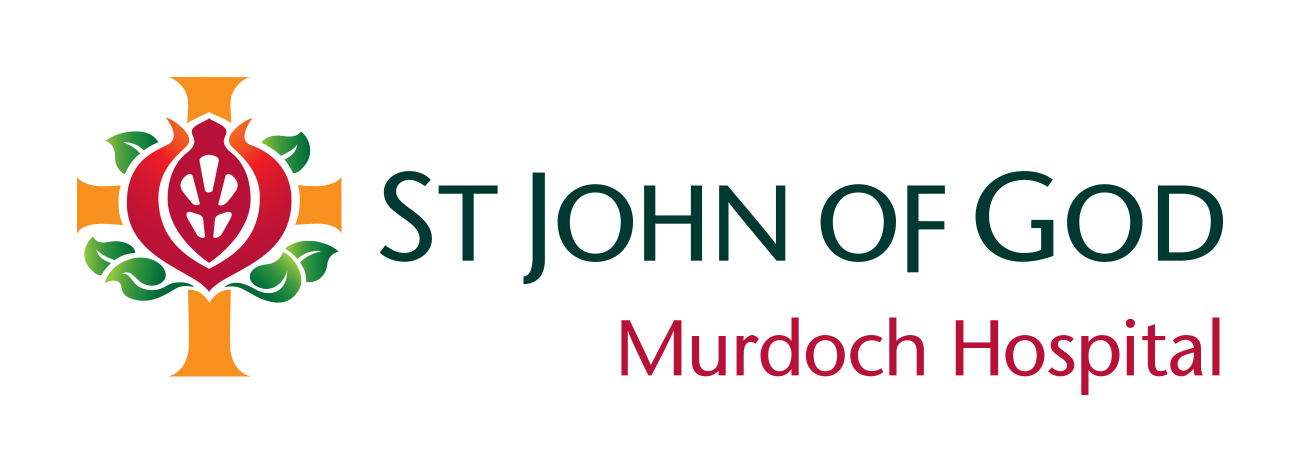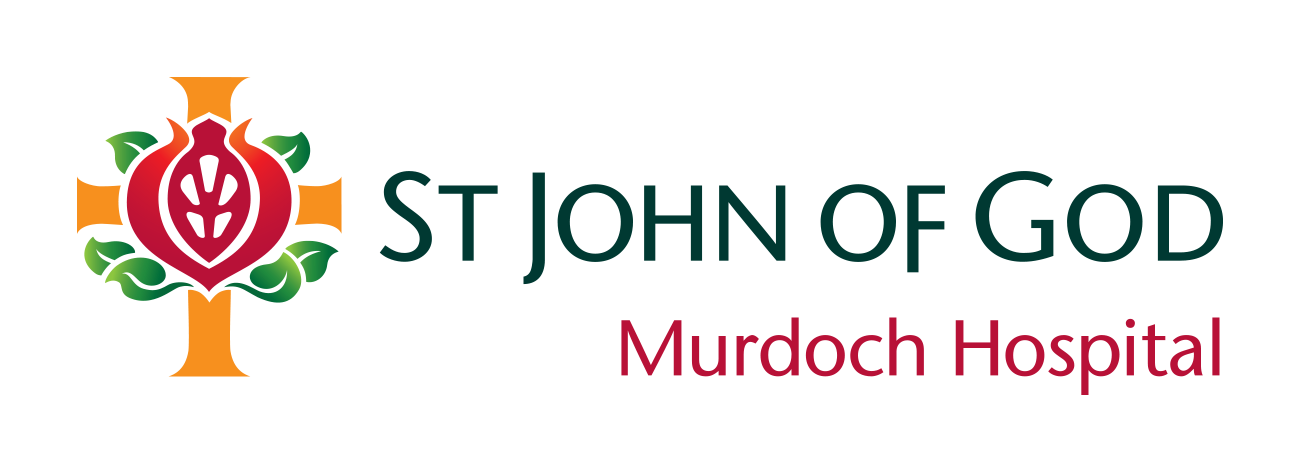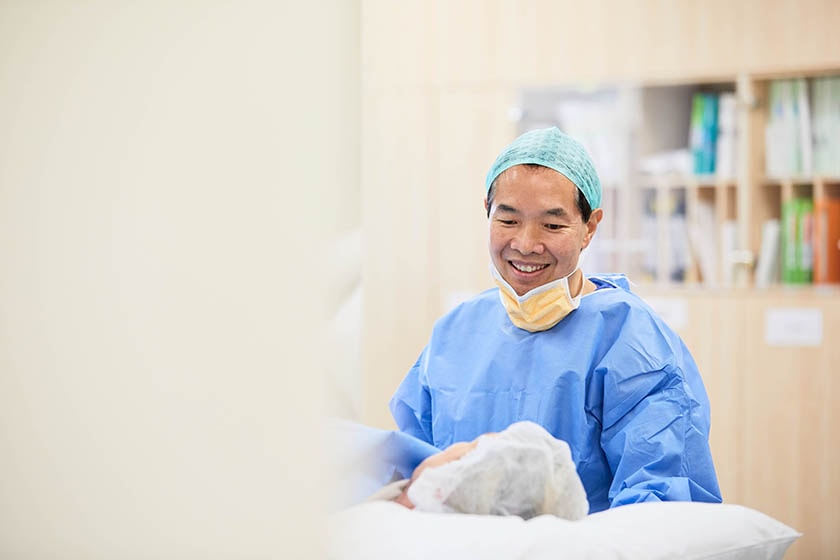New cardiac equipment to treat patients faster
St John of God Murdoch Hospital has invested significantly in a range of new cardiac equipment which is helping to treat more patients, while reducing radiation exposure.
11 Feb 2019
12 February 2019
The Hospital upgraded the existing Abbott Ensite NavX 3D mapping system to the EnSite™ Precision 3D Cardiac Mapping System.
The latest technology allows for a high level of automation, flexibility and precision for rapid diagnosis and treatment of a wide range of arrhythmias.
Cardiologist Dr Andrew Liu said the software is highly flexible so it allows any chamber of the heart to be mapped using any conventional catheter.
“The system combines both magnetic and impedance location technology to provide greater precision and more accurate cardiac mapping,” he said.
“At the end of the day, this will make surgery faster and safer for our patients.”
Latest medical imaging
The Hospital’s Cardiac Catheter Laboratories (Cath Labs) have been upgraded with the latest medical imaging devices.
Dr Liu said both patients and doctors would benefit from superior image accuracy of the new Philips Azurion 7 X-ray system.
He likened it from upgrading from an iPhone 5 to an iPhone 10. In real time, 3D images of the heart are produced, which is a huge technological advancement on 2D x-rays. Using triangulation similar to a GPS system, it is incredibly accurate. Pictures of the heart can be rotated, with any hotspots quickly identified.
Our second angiography suite also had a significant upgrade with the implementation of ClarityIQ technology, which is configured in the Philips system.
This enables physicians to deliver fast, real time therapy guidance at a fraction of the radiation dose. The fully digital system enables physicians to capture and view detailed images, facilitating faster and more accurate diagnosis and treatment.
Reduced radiation exposure
Dr Liu said a great benefit to patients would be reduced radiation exposure for patients.
“Together the systems can now provide fewer complications from radiation exposure for both staff and caregivers, reducing long-term risks for everyone,” he said.
“Typically procedures were three to four hours long while with this they can be down to two or two-and-a-half hours, which means we can treat more patients. Our productivity has definitely increased.
"The systems also expands treatment options, so it allows longer procedures to treat obese and high-risk patients, at a fraction of the radiation dose.”
CEO Ben Edwards said investing in the latest technologies was imperative for patient care.
“We are proud to have such highly-skilled doctors using these cutting-edge technologies across the Hospital,” he said.
“Investing in new equipment means our patients can have shorter and safer surgeries, and be home sooner with their loved ones.”
You may be interested in


